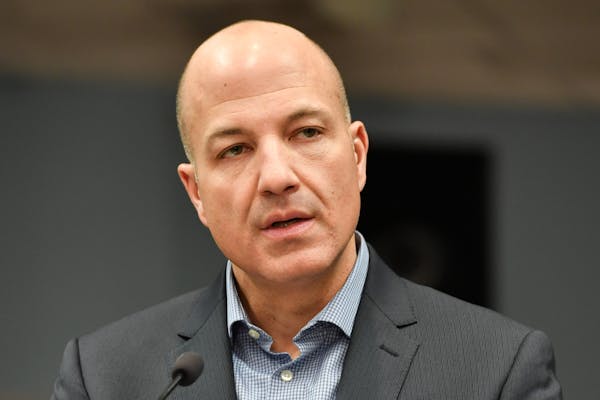DULUTH – Superintendent John Magas recommended a plan Tuesday that would allow Duluth elementary students to attend school in person this fall while secondary students follow a hybrid schedule that would put them in the classroom one day a week.
With St. Louis County adding new COVID-19 cases faster than any other Minnesota county over the past week, Magas said he thinks the district of 8,900 should plan conservatively to make sure it can comply with state guidelines should the trend continue.
Under the plan offered by Gov. Tim Walz last week, Duluth could conduct all classes in person. But Magas said "unless there is an immediate flattening or decrease" in the number of new cases reported each day, the county will soon cross the threshold at which the state would advise schools to adopt a hybrid way of teaching middle and high school students.
"I'm saying let's take this next tier and go with the option that would make us more safe," Magas told Duluth's school board members, who could vote on a final resolution on Thursday.
Almost two-thirds of the 5,700 families surveyed by the district said they would send their students to school for in-person or hybrid learning. Most teachers surveyed said they planned to return to work, though many indicated they would be more comfortable with distance learning.
Magas told the board there would be "some concern for me that we could lose a number of students" to charter schools or neighboring districts conducting all classes in person.
"I do think we share a lot more with Minneapolis and the metro area than we do with the school districts higher up in the county," he said, adding that the decision "can't just be about the bottom line."
Duluth's example schedule for hybrid learning in middle and high school showed students being placed into one of four groups, each of which would attend school on a different day each week. Students would attend classes virtually and study remotely the remaining days.
District officials said distance learning would be "significantly improved" from last spring's model. Duluth invested in devices and internet hot spots for students who needed them, Magas said.
The Duluth plan could allow secondary students with extra needs to have additional in-person instruction. Families with students at all age levels would also have the ability to choose to access distance learning and keep their children at home.
Minnesota sales, cleanups and other events to celebrate Earth Day and Arbor Day

Minnesota TikTokers react to app's ban in the U.S.
Minnesota state senator's burglary arrest puts private family drama in the election year spotlight
Minneapolis pushes to recruit more employers for youth internship program

